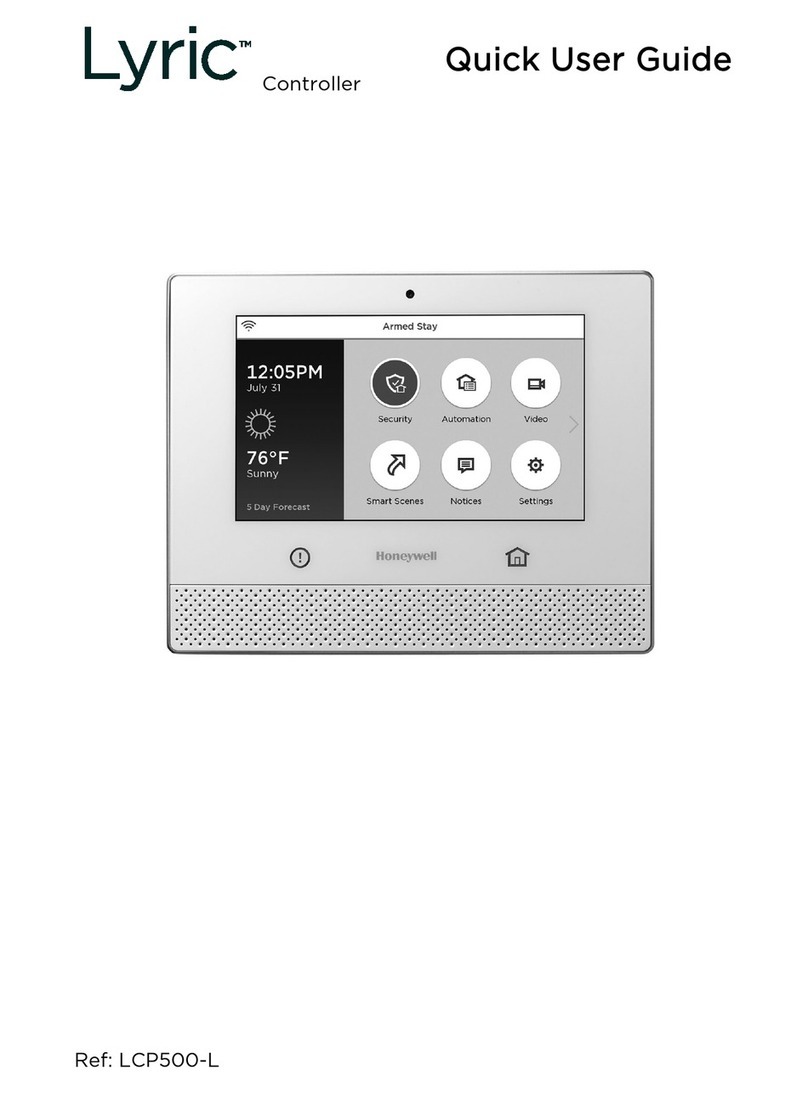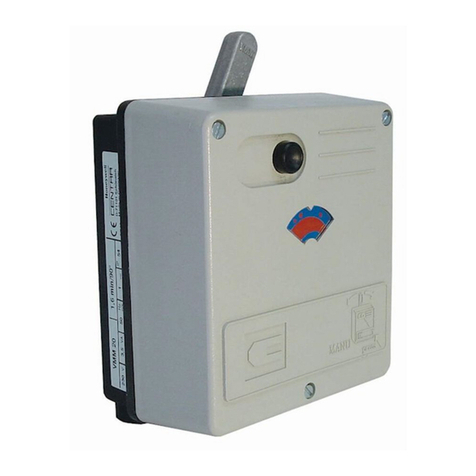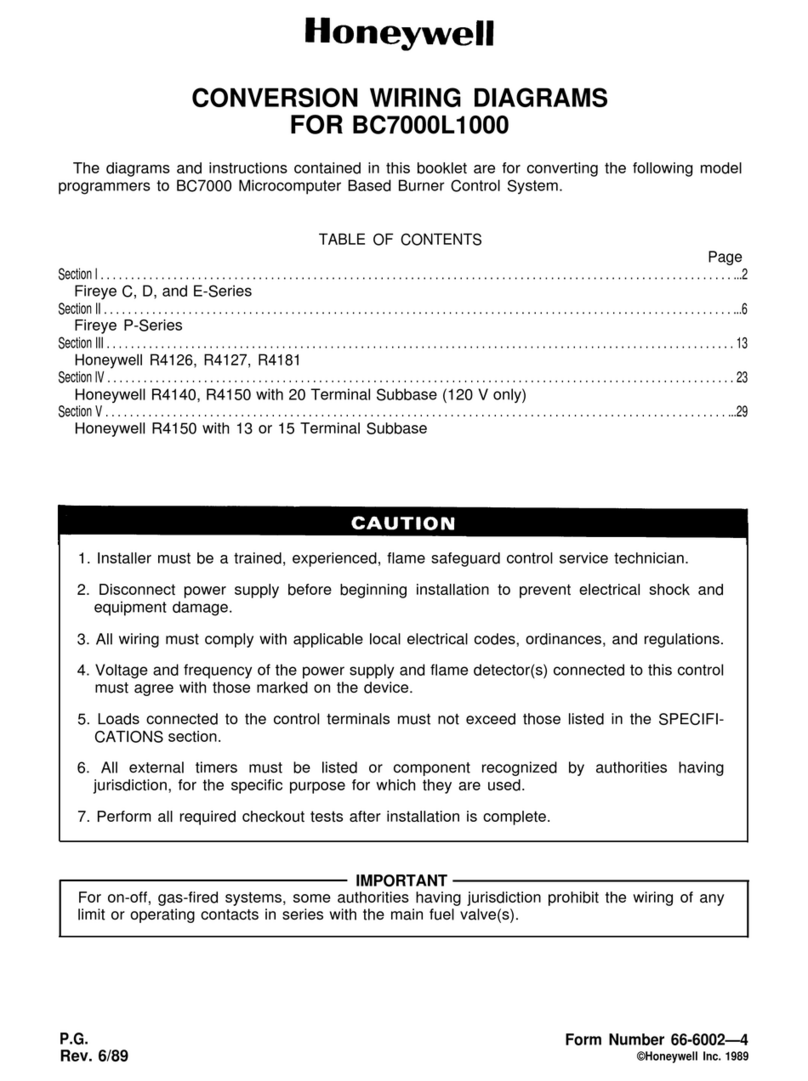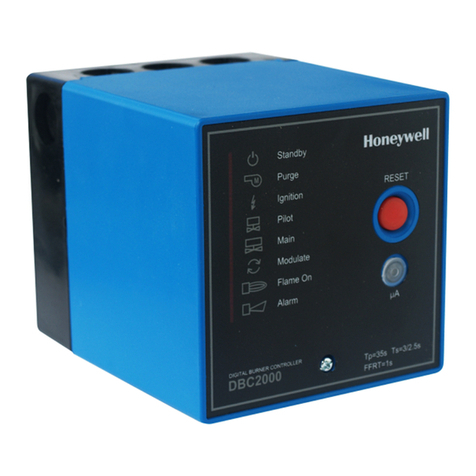Honeywell ML8824-BV Series User manual
Other Honeywell Controllers manuals

Honeywell
Honeywell SEC-H-602 User manual
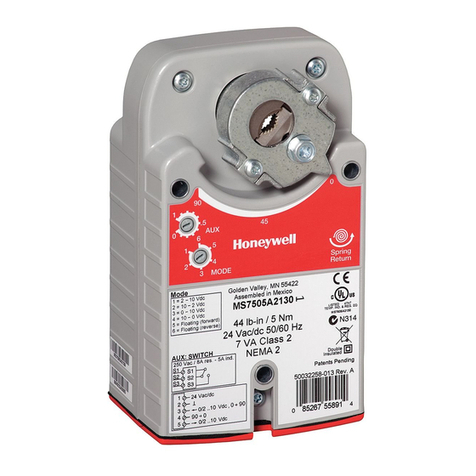
Honeywell
Honeywell 3 Nm Series User manual
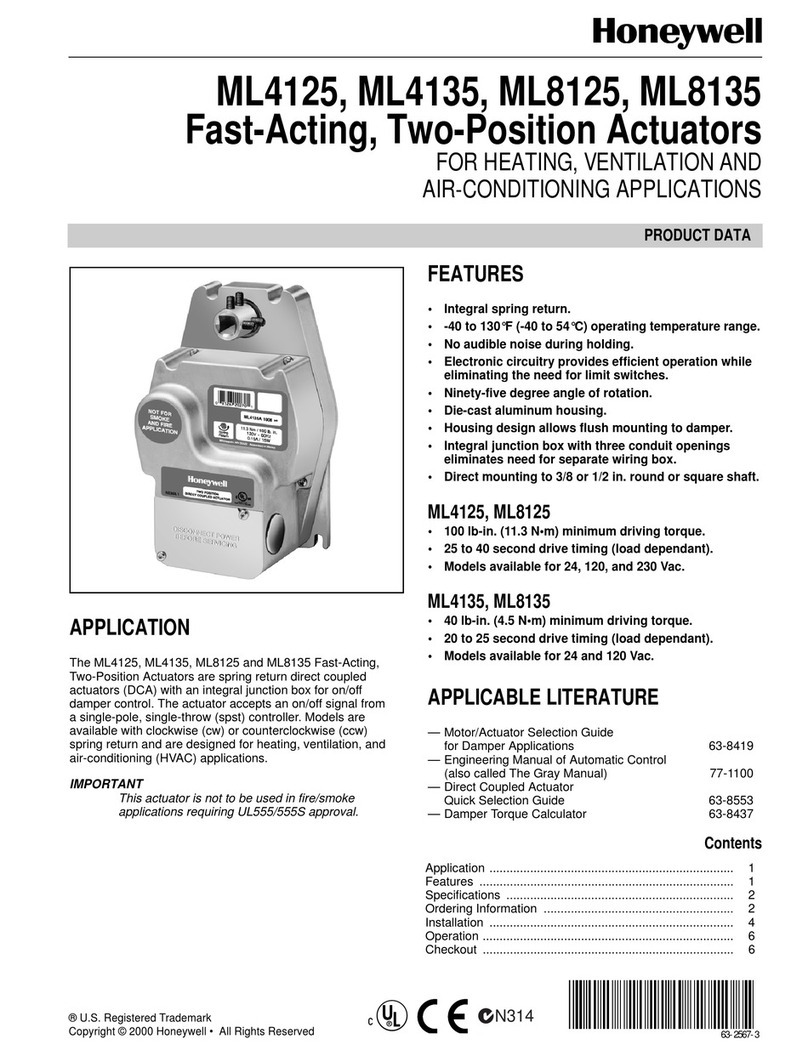
Honeywell
Honeywell ML4125 Operation manual
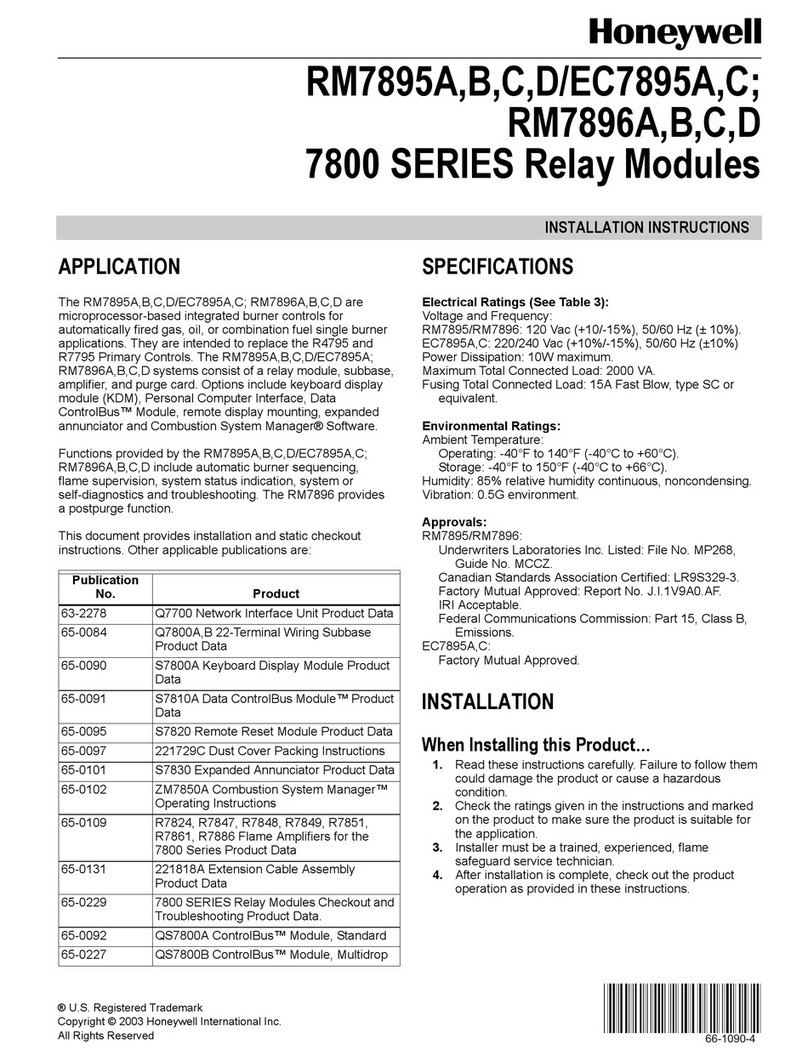
Honeywell
Honeywell 7800 SERIES RM7895A User manual
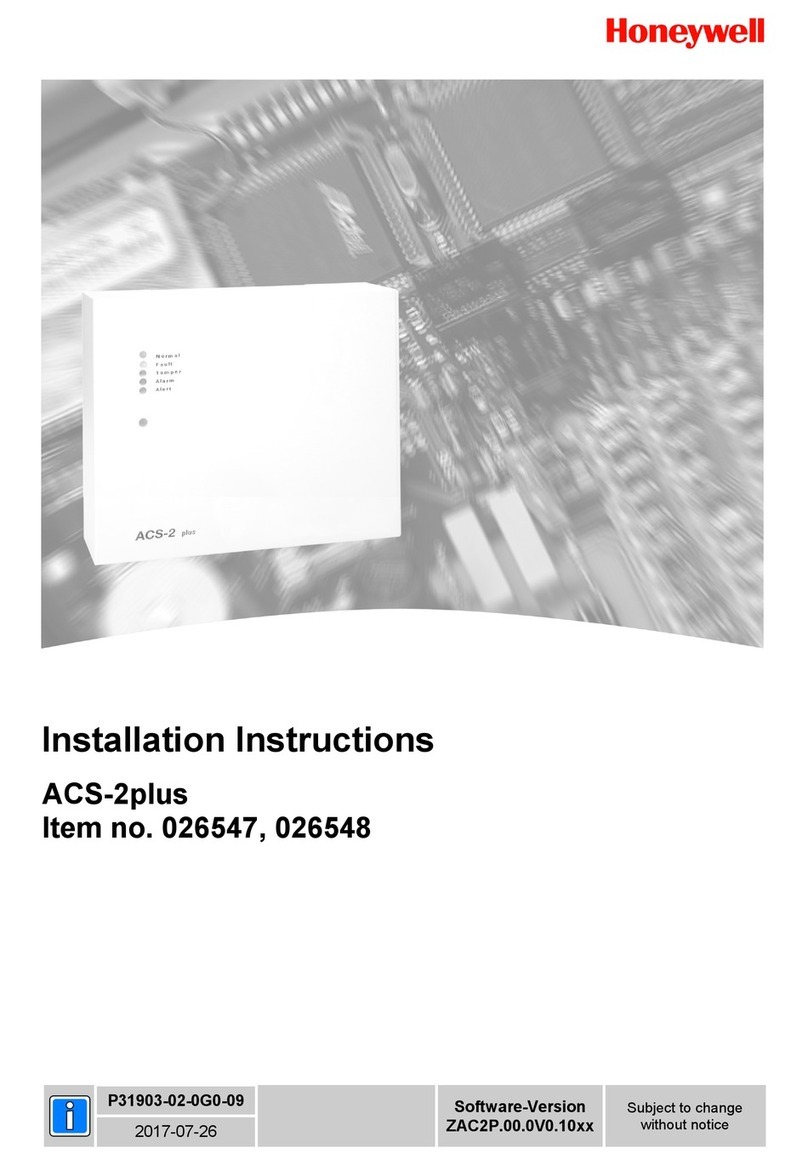
Honeywell
Honeywell ACS-2plus User manual
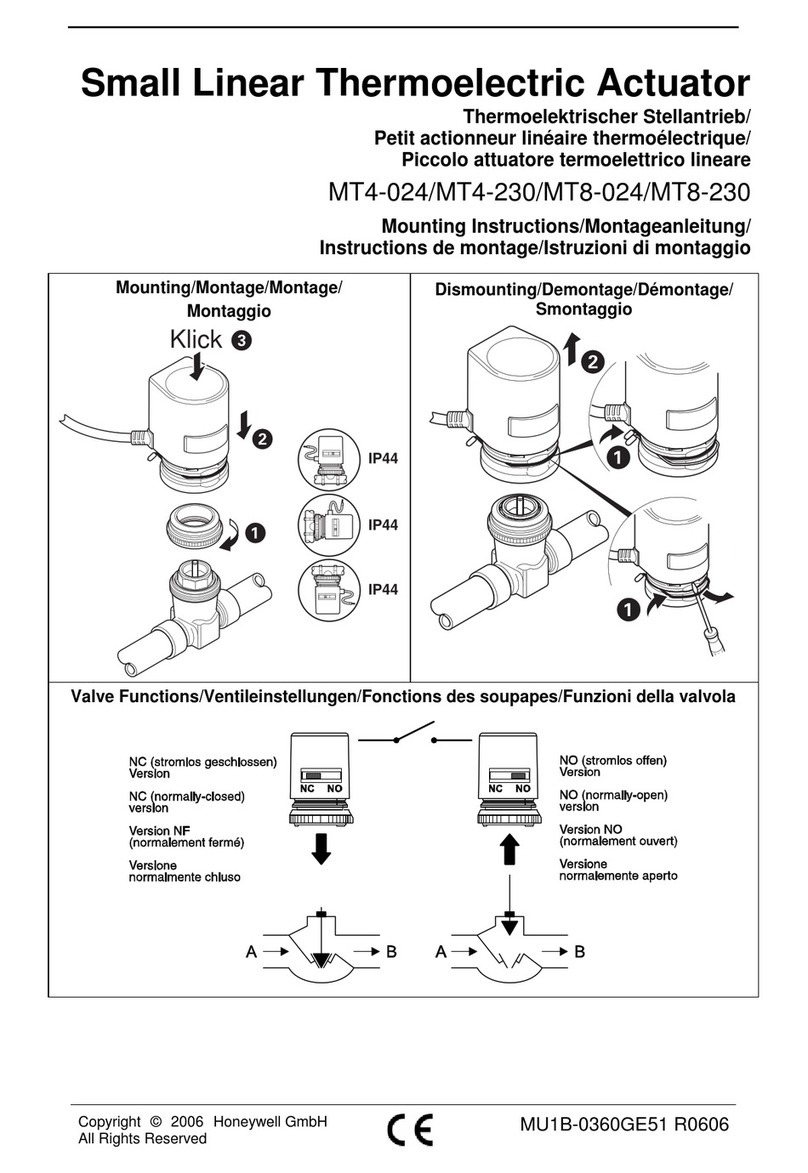
Honeywell
Honeywell MT4-024 User manual
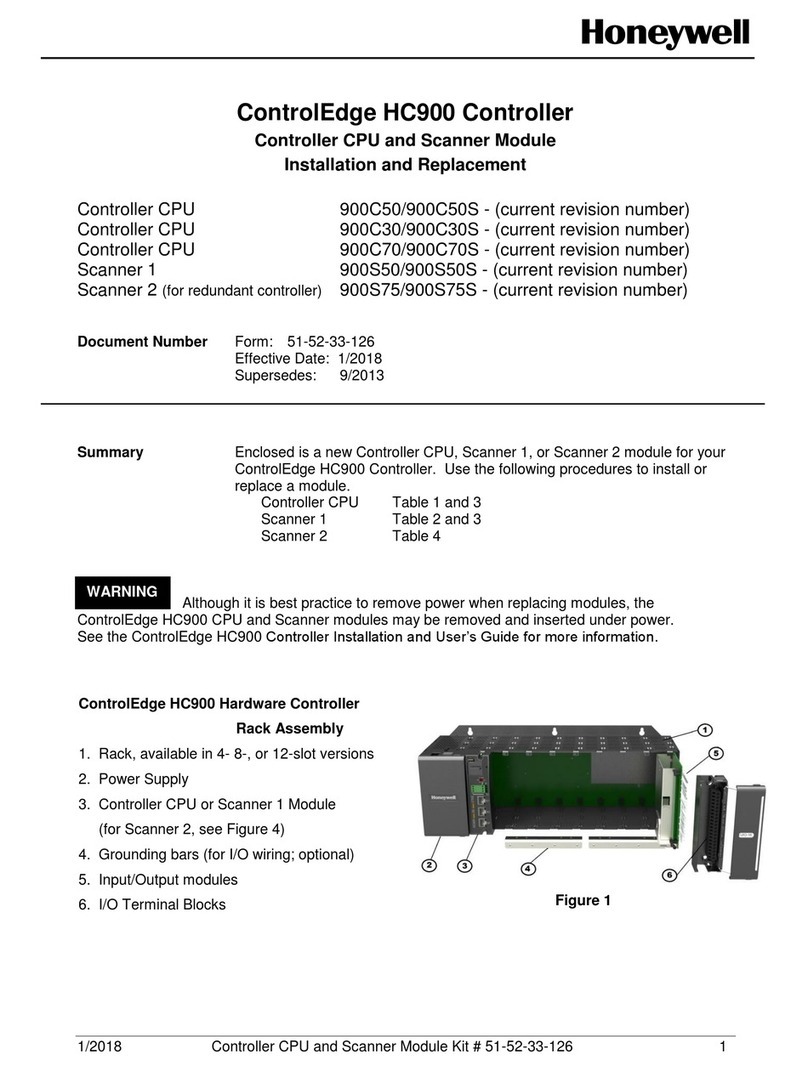
Honeywell
Honeywell HC900 Use and care manual
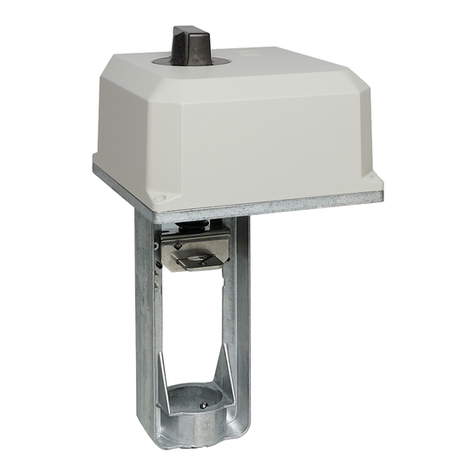
Honeywell
Honeywell ML6421A User manual
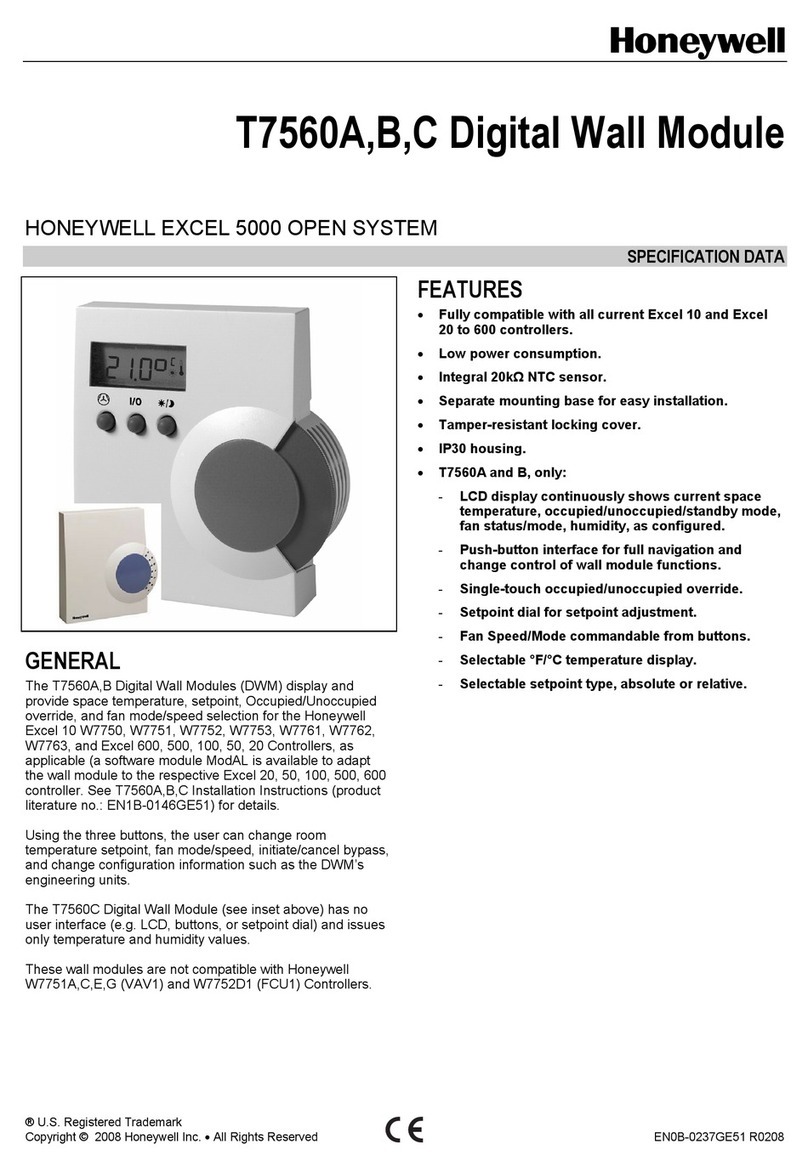
Honeywell
Honeywell T7560B User manual
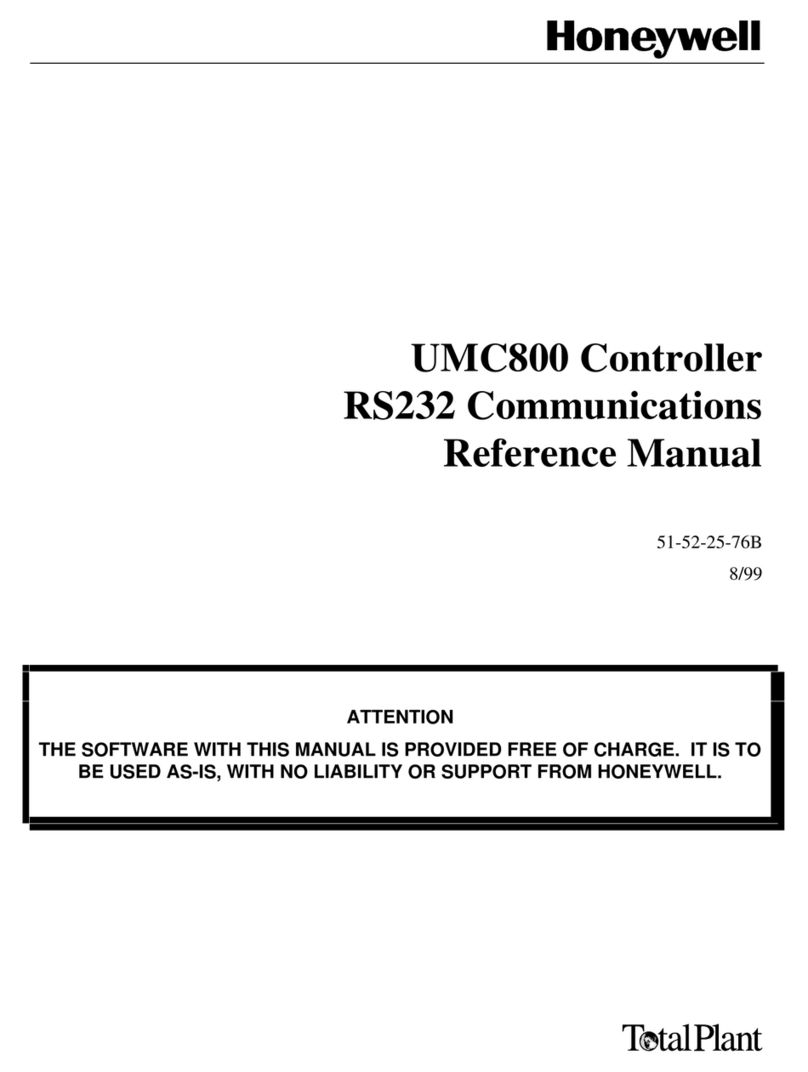
Honeywell
Honeywell UMC800 User manual
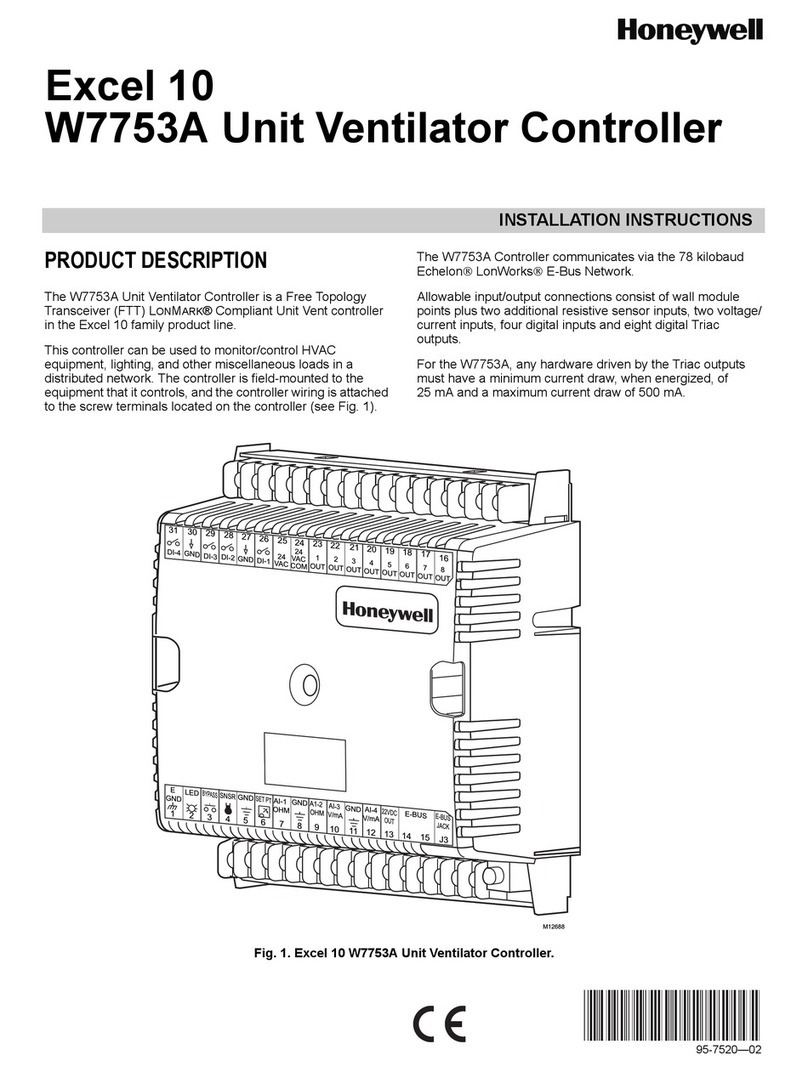
Honeywell
Honeywell EXCEL 10 W7753A User manual
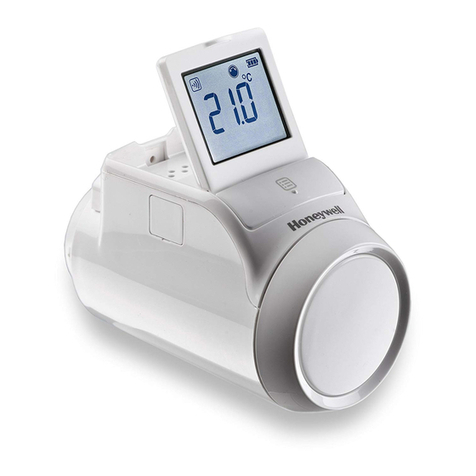
Honeywell
Honeywell THR0924 User manual
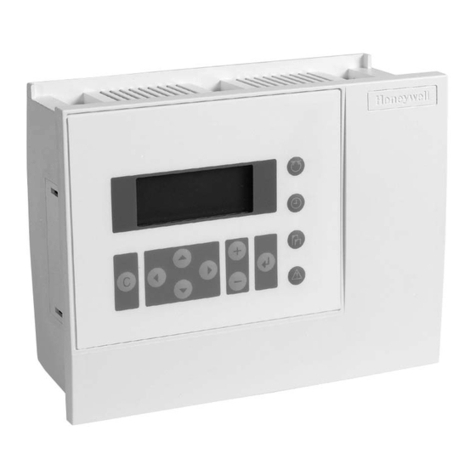
Honeywell
Honeywell Excel 50 User manual

Honeywell
Honeywell SUPER TRADELINE S8610U User manual
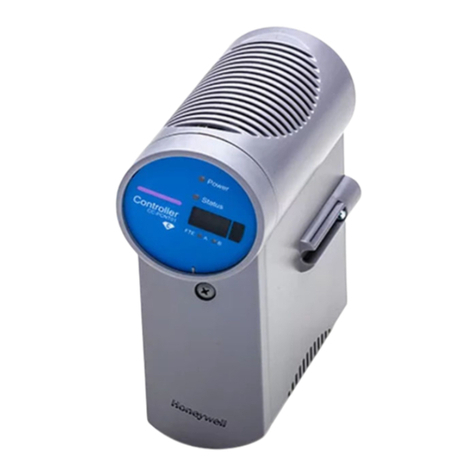
Honeywell
Honeywell Experion 8 Series Manual
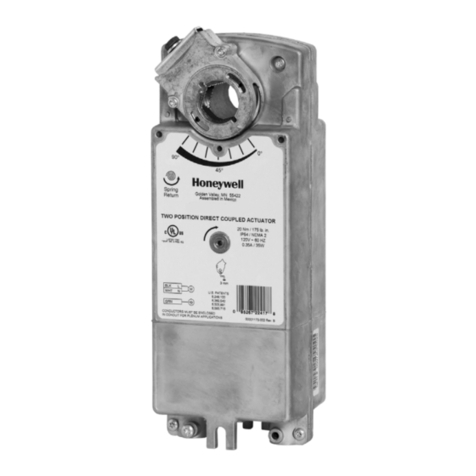
Honeywell
Honeywell MS4120F Operation manual
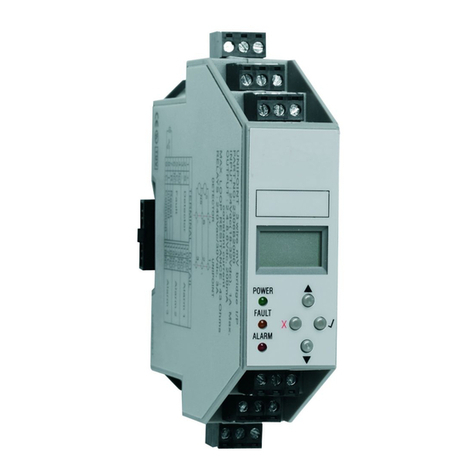
Honeywell
Honeywell Unipoint 2306B1000 User manual
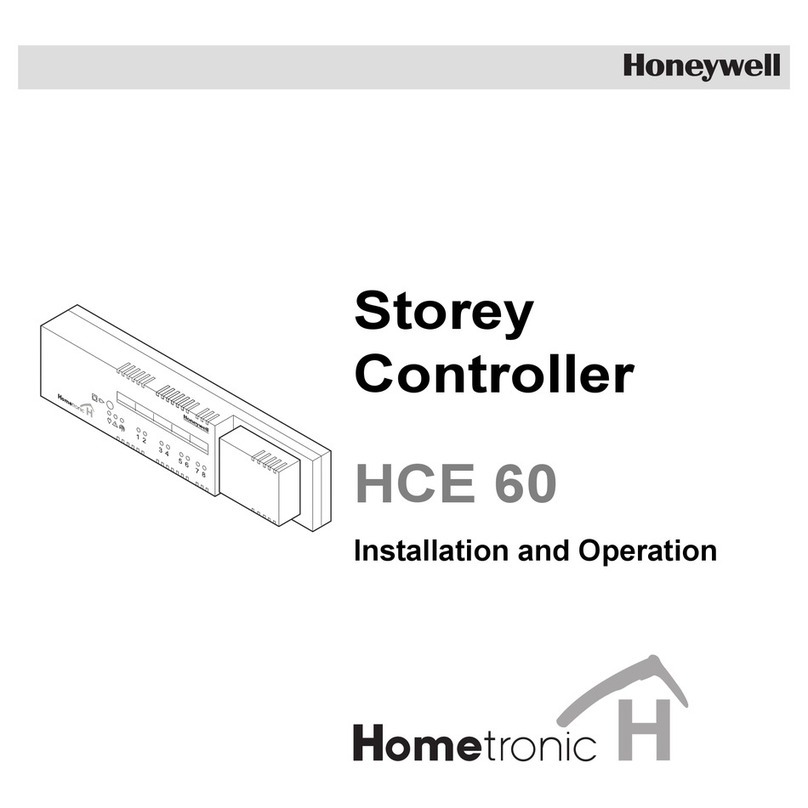
Honeywell
Honeywell HCE 60 Owner's manual
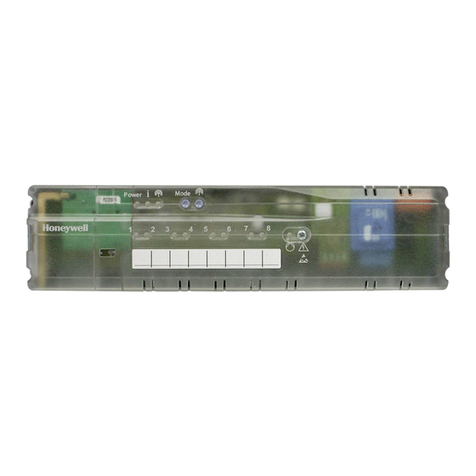
Honeywell
Honeywell HCE80R User manual
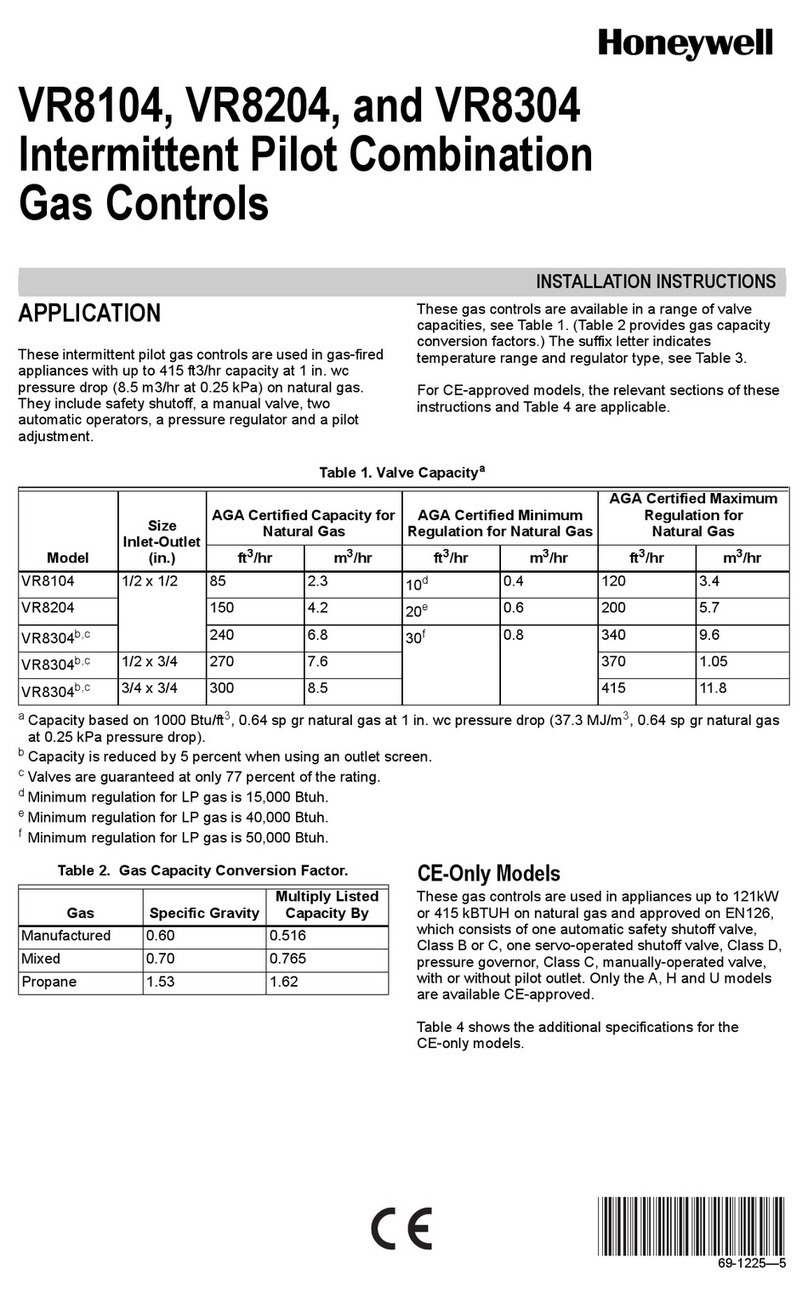
Honeywell
Honeywell VR8104 User manual
Popular Controllers manuals by other brands

Digiplex
Digiplex DGP-848 Programming guide

YASKAWA
YASKAWA SGM series user manual

Sinope
Sinope Calypso RM3500ZB installation guide

Isimet
Isimet DLA Series Style 2 Installation, Operations, Start-up and Maintenance Instructions

LSIS
LSIS sv-ip5a user manual

Airflow
Airflow Uno hab Installation and operating instructions
